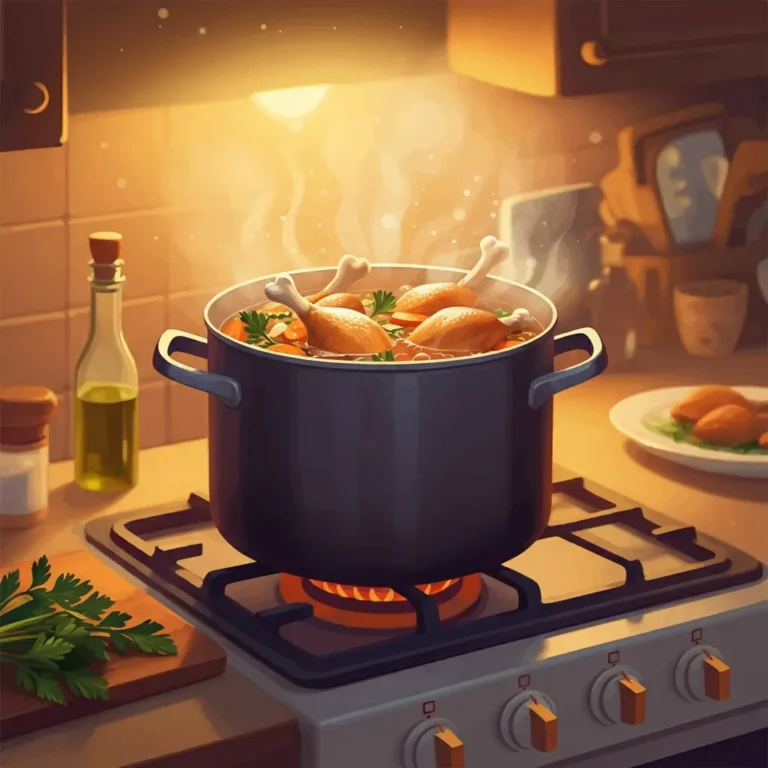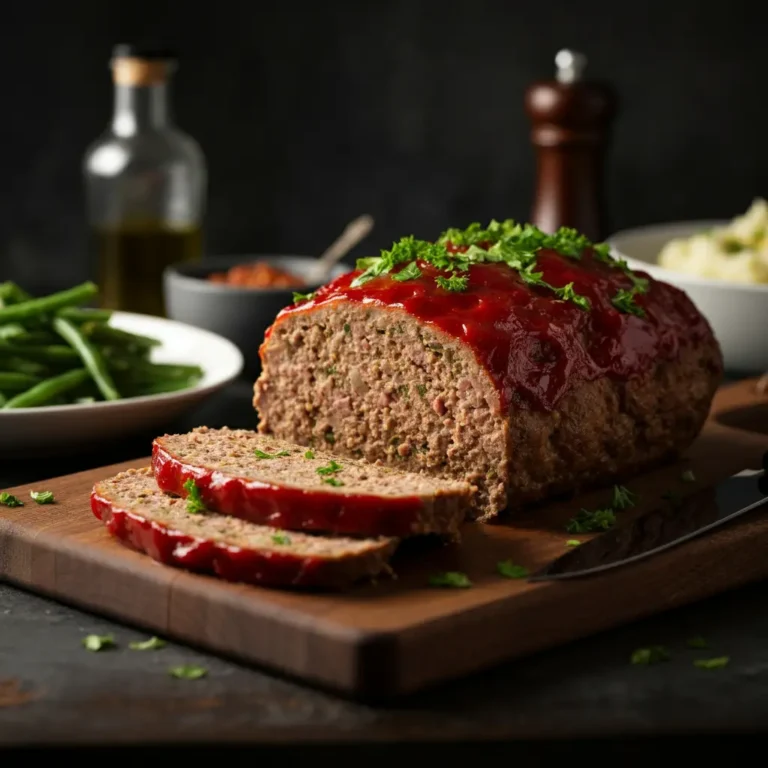How Long Does It Take to Fry Chicken
Frying chicken to perfection is an age-old art that continues to delight taste buds worldwide. Whether you’re tackling crispy fried wings or hearty drumsticks, achieving the perfect balance of golden crunch on the outside and juicy tenderness inside requires a little knowledge. One of the most common questions home cooks ask is, “How long does it take to fry chicken?” The answer depends on several factors, including the cut of the chicken, the frying method, and the oil temperature. This comprehensive guide will walk you through everything you need to know for frying chicken just right.
Table of Contents
Introduction to Frying Chicken
Chicken is a versatile and beloved ingredient that lends itself to countless recipes. When frying, the goal is to achieve a crispy crust that locks in moisture, delivering a delightfully crunchy bite with a succulent interior. But timing is everything—undercooked chicken can pose health risks, while overcooked chicken loses its juiciness.
Preparing Chicken for Frying
Before you begin frying, proper preparation is crucial. Here are a few tips to ensure your chicken is ready for the fryer:
- Choose High-Quality Chicken
Opt for fresh chicken, preferably organic or free-range, for the best flavour and texture.
- Clean and Cut
Rinse the chicken pieces under cold water, pat them dry with paper towels, and trim excess fat or skin.
- Marinate for Flavor
Marinating adds flavour and tenderizes the meat. A mix of buttermilk, salt, and spices is a popular choice.
- Coat for Crunch
Coat your chicken with flour or a breadcrumb mixture. For extra crispiness, use a double-dip method of flour, egg wash, and back to flour.
Oil Temperature for Frying Chicken
The right oil temperature can make or break your batch of fried chicken. Ideally, the oil should be maintained between 325°F and 375°F. Lower temperatures may leave your chicken greasy, while higher temperatures can lead to burning before the inside cooks thoroughly.
Use a thermometer to monitor oil temperature accurately. Avoid overcrowding the frying pan, as this can cause the temperature to drop significantly.
Choosing the Right Cooking Oil
Not all oils are created equal when it comes to frying chicken. Look for options with high smoke points and neutral flavours:
- Peanut Oil
Favored for its high smoke point and light taste, peanut oil is a classic choice.
- Canola Oil
Affordable and readily available, canola oil is great for frying chicken.
- Sunflower Oil
This oil holds up well under high heat and adds a subtle richness.
- Avoid Olive Oil
Olive oil has a lower smoke point and intense flavour, making it less ideal for frying.
Frying Techniques Explained
Deep Frying
Deep frying is the most popular method, ensuring even cooking and crispiness. Immerse the chicken entirely in oil and cook for about 10 to 15 minutes, depending on the size and cut.
Pan Frying
Pan frying uses less oil, making it a healthier option. Cook the chicken over medium heat for about 7 to 10 minutes per side.
Air Frying
Air frying uses hot air circulation instead of oil, trimming excess calories. Cook the chicken at 375°F for 20 to 30 minutes, flipping halfway through.
How Long to Fry Different Cuts of Chicken
Cooking times vary based on the cut:
- Drumsticks
Fry for about 12 to 15 minutes, ensuring the thickest part reaches 165°F internally.
- Wings
Fry for approximately 8 to 10 minutes, as they cook faster due to their smaller size.
- Thighs
Bone-in thighs take around 14 to 18 minutes, while boneless thighs cook in roughly 10 to 12 minutes.
- Breasts
Boneless chicken breasts fry in 8 to 12 minutes, while bone-in breasts take 12 to 15 minutes.
Deep Frying vs. Pan Frying
Both methods yield crispy chicken but have unique attributes:
- Deep Frying
Pros include faster cook times and even cooking. Cons involve higher oil usage and cleanup.
- Pan Frying
Pros include requiring less oil and delivering a homemade feel. However, it demands more attention to flipping and evenness.
Making Crispy Fried Chicken
Achieving the perfect crunch depends on the coating and cooking process:
- Use cornstarch or a mix of cornstarch and flour for extra crispiness.
- Allow coated chicken to rest for 10 minutes before frying—this helps the coating adhere.
- Strive for consistent oil temperature to prevent sogginess or burning.
Common Frying Mistakes to Avoid
- Starting with Cold Oil
Always preheat your oil. Cold oil results in undercooked, greasy chicken.
- Overcrowding the Pan
Fry in batches to avoid uneven cooking and maintain oil temperature.
- Skipping Rest Time
Rest the cooked chicken on a wire rack to preserve its crispiness.
Frying Safety Tips
- Keep a fire extinguisher handy in case of oil flare-ups.
- Never add water to hot oil—it causes dangerous splattering.
- Use long tongs for flipping to avoid burns.
- Dispose of used oil properly; never pour it down the drain.
Serving Fried Chicken
Pair your fried chicken with classic sides like mashed potatoes, coleslaw, biscuits, or corn on the cob for a comforting meal. Add a drizzle of honey or a splash of hot sauce for added flavour.
How to Check if Chicken is Fully Cooked
The internal temperature of cooked chicken should reach 165°F. Insert a meat thermometer into the thickest part, avoiding bone, for an accurate reading.
Storing and Reheating Fried Chicken
Store leftover chicken in an airtight container in the refrigerator for up to 3 days. Reheat in an oven at 375°F for 10 to 15 minutes to revive its crispness.
Healthier Alternatives to Traditional Frying
If you’re mindful of calories, try baking or air-frying your chicken. Coat with a mix of panko breadcrumbs and a light spray of oil for a guilt-free version.
FAQs
How long does it take to fry chicken on the stove?
Typically, it takes about 12 to 15 minutes for bone-in chicken and 8 to 10 minutes for boneless pieces.
What temperature should I fry chicken at?
Aim for an oil temperature between 325°F and 375°F to ensure even cooking.
Can I reuse frying oil?
Yes, strain the oil to remove debris and store it in a sealed container for up to two more uses.
Why is my fried chicken not crispy?
Possible reasons include incorrect oil temperature, overcrowding, or insufficient resting time for the coating.
How do I know when fried chicken is done?
The juices should run clear, and an internal thermometer should read 165°F.
Frying chicken may seem challenging at first, but with these tips and techniques, you’ll be serving up perfectly crispy, golden pieces in no time. Enjoy the process and savour every bite!





